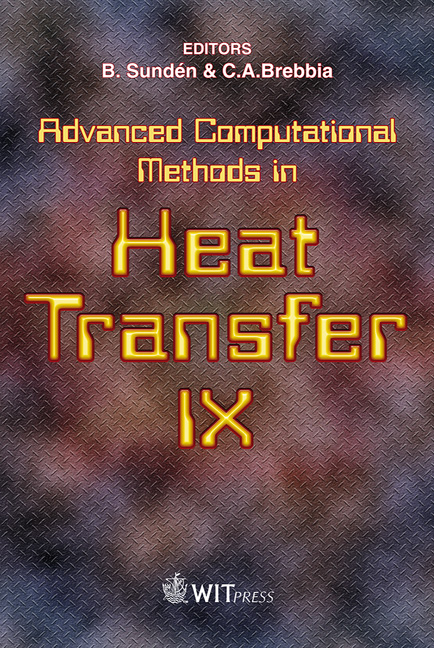Sensitivity Analysis Of A Computer Code For Modelling Confined Fires
Price
Free (open access)
Transaction
Volume
53
Pages
11
Published
2006
Size
518 kb
Paper DOI
10.2495/HT060301
Copyright
WIT Press
Author(s)
P. Ciambelli, M. G. Meo, P. Russo & S. Vaccaro
Abstract
Full scale experiments of tunnel fires are expensive and difficult to be carried out while tunnel fires simulation by computer modelling is cheaper and faster. Therefore, such a tool can replace the experiments if simulation results are recognized to be reliable and reflecting the reality. A computational fluid dynamics (CFD) code AIR was employed for the description of the transient behaviour of confined fires. The code solves the balance equations for the conservation of mass, momentum, energy and gas species within the physical domain of interest and yields local predictions of temperature, velocity, smoke, species concentration, etc, as a function of time. Firstly a sensitivity analysis of the computer code with respect to its parameters was performed, then experimental data from literature were employed to test the computer code performances. Simulations were obtained for a small scale steady-state tunnel fire and for an unsteady-state tunnel fire. AIR’s performances in simulating tunnel fires were fair. Results depend on code parameters (grid fineness, number of iterations and step time interval) and on initial and boundary conditions such as temperatures, ventilation, heat release rate and radiant and convective heat transfer at the walls. The main AIR’s limit is that it cannot manage radiative heat exchange with the walls and time variable boundary conditions as those encountered in transient tunnel fires. Keywords: tunnel fires, CFD modelling, sensitivity analysis, temperature profiles, CO and smoke concentration profiles. 1 Introduction Fires developing in enclosures constitute a terrible threat for lives. The danger of enclosure fires, besides to the temperature increase, derives mainly from the
Keywords
tunnel fires, CFD modelling, sensitivity analysis, temperature profiles, CO and smoke concentration profiles.





